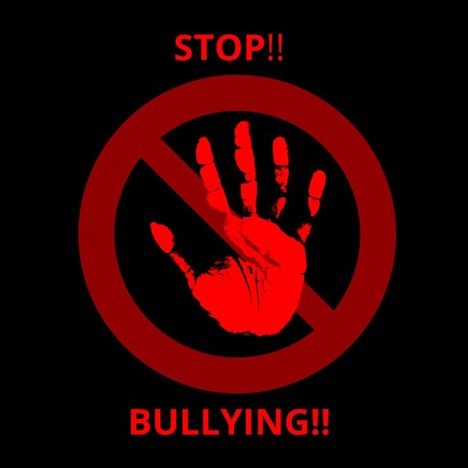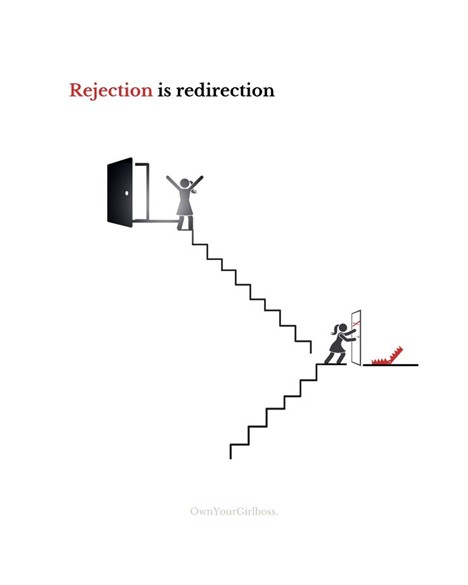Understanding Bullying: Why It Happens and How We Can Stop It

Bullying isn’t just a schoolyard problem. It is an issue that touches every corner of our lives, from classrooms and workplaces to online communities and even family circles. Its impact runs deeper than visible bruises or harsh words. Bullying chips away at our confidence, our mental health, and even our sense of self-worth.
Understanding why bullying occurs and its impact on individuals is the first step toward creating safer, kinder environments for everyone. Whether you’ve experienced bullying firsthand or witnessed it from the sidelines, it’s important to recognize that bullying is a serious problem and one we all have the power to change.
What Is Bullying?
At its core, bullying is about power. It’s when someone uses words, actions, or social influence to hurt, control, or intimidate another person repeatedly over time. Bullying wears many masks. It might be name-calling, teasing, or exclusion from a group. Sometimes it’s physical aggression like pushing or hitting. In today’s digital world, cyberbullying harassment through social media, texts, or emails has become an especially harmful form.
One of the most difficult things about bullying is how often it hides behind “just jokes” or “kids being kids.” The intention behind bullying can sometimes be disguised as playful teasing, but the feelings it leaves behind are very real and very painful.
Why Do People Bully?
It might be tempting to label bullies as “bad people,” but the truth is often more complicated. Many who bully are struggling with their own challenges. They may feel insecure, powerless, or angry about situations in their own lives. Bullying can be a way for them to feel in control or to fit in with others.
Sometimes, bullying behavior is learned. If a child grows up in an environment where disrespect or aggression is common, they might imitate those behaviors without fully understanding the harm they cause.
But understanding the reasons behind bullying doesn’t mean excusing it. Every person has a choice, and bullying is never acceptable.
The Real Impact of Bullying
Bullying can leave wounds that aren’t visible but run deep. Those targeted often feel isolated, anxious, or depressed. Their self-esteem can take a hit, making it hard to trust others or feel confident. For children, bullying can affect learning and development, and in severe cases, it can lead to self-harm or thoughts of suicide.
Adults aren’t immune either. Workplace bullying, sometimes called harassment or mobbing, can create toxic environments, lower productivity, and harm mental health. Online bullying can happen to anyone, anywhere, making it difficult to find safety even in private moments.
Breaking the Cycle: What Can We Do?
Stopping bullying takes effort from individuals, communities, and organizations. Here are some ways we can all help:
- Speak Up and Support
If you see bullying, don’t stay silent. Supporting the person being targeted can make a huge difference. Sometimes, just knowing someone cares can be a lifeline. It’s important to report bullying to trusted adults, managers, or leaders who can take action. - Build Empathy and Understanding
Teaching kindness, respect, and empathy from an early age helps create cultures where bullying is less likely to thrive. Encouraging people to see things from others’ perspectives builds stronger, more compassionate communities. - Create Safe Spaces
Schools, workplaces, and online platforms need clear rules against bullying and safe spaces where people can speak openly without fear. Programs that combine education, counseling, and peer support are often the most effective. - Challenge Cultural Norms and Stigma
In some communities, bullying or aggressive behavior is seen as “normal” or even a rite of passage. Changing these mindsets requires ongoing dialogue and awareness-raising. It’s also essential to reduce stigma around mental health, so people feel safe seeking help. - Support Children and Youth
Children and teens need special attention. Bullying at a young age can affect their entire lives. Schools should prioritize anti-bullying programs, while parents and caregivers need to listen, validate feelings, and offer guidance.
The Role of Technology: Both a Challenge and a Solution
Cyberbullying has become one of the most concerning issues today. Because digital harassment can happen 24/7 and spread quickly, it can feel inescapable. Social media platforms, however, are also starting to introduce better tools to report abuse and protect users.
We can all play a role in responsible digital citizenship thinking before we post, standing up against harmful content, and supporting those targeted online.
Moving From Victim to Victor
It’s important to remember that being bullied doesn’t define a person’s future. Many survivors channel their experiences into strength, leadership, and advocacy. Sharing stories of overcoming bullying can inspire others to speak out and seek help.
Bullying isn’t just a challenge to endure; it’s a moment to choose courage over silence. Every voice that stands up, every act of kindness, chips away at the walls of bullying that build. Change begins when we refuse to accept cruelty as normal and instead demand respect as the standard.
If you’ve faced bullying, remember: your story is not one of weakness, but of incredible strength. By sharing your truth and supporting others, you become part of a movement that transforms pain into power.
Together, we can create spaces where everyone feels safe, seen, and valued. Because no one should live in the shadow of fear, and kindness is the most powerful weapon we have.



